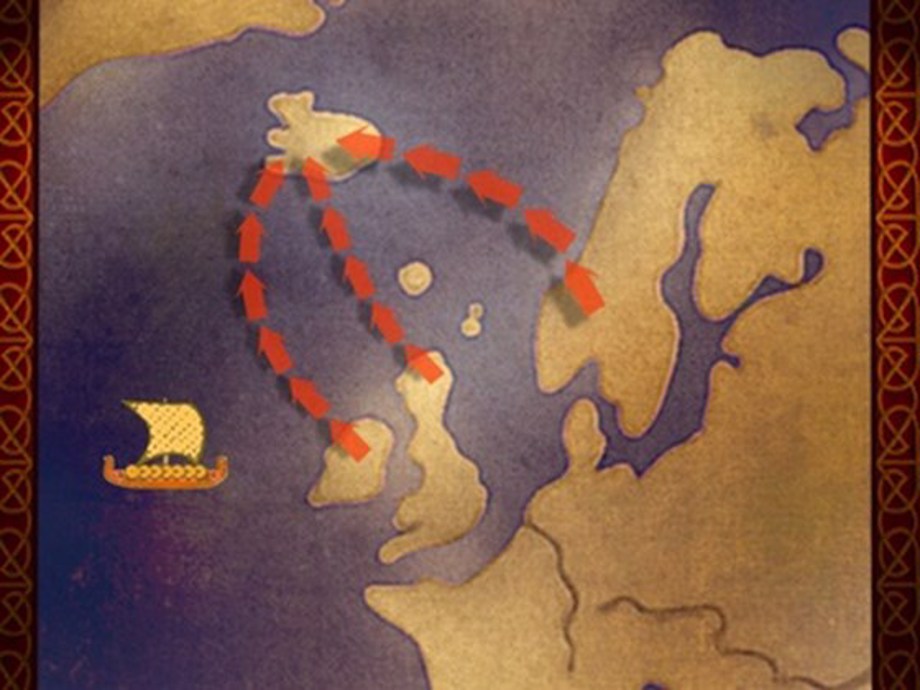Viking age and first settlers
The Viking period is said to have started around the year 800 AD and continued until the middle of the 11th century. During that time, Nordic people settled far and wide, from the banks of the Volga to the eastern shores of North America, and from the Mediterranean to the Arctic Ocean.
The settlement of Iceland was one part of this extensive migration of people. Land shortage and internal disputes in Norway were factors that led many people to pick up their belongings and sail across the sea to Iceland.
In Ari fróði's Íslendingabók, it says that Ingólfur Arnarson probably first reached land in Reykjavík around 870 AD. Many followed in Ingólfur's wake and saw Iceland as a land of new opportunities. The population increased steadily, and so did the need for laws and a specific place to meet, settle disputes and agree on certain rules that everyone had to respect.

Settlers came from Scandinavia and the British isles.
Þingvellir National Park / Gagarín
Establishment of governing bodies
Some time after establishing the settlement, two district assemblies were established in Iceland, one in Þórsnes, near Stykkishólmur, the other in Kjalarnes. Later, other district assemblies were set up all over the country. Soon after the year 900, people started thinking about the possibility of setting up a general assembly - an Alþing in Iceland.
Shortly before 930, chieftains agreed to send a man named Úlfljótur to Norway. His mission was to learn the laws and customs that could become a model for the new society. He returned to Iceland where the first law enacted at the Alþing carries his name - Úlfljót's Law. Úlfljót's foster brother, Grímur geitskór, travelled around Iceland to develop support for the establishment of an Alþing and find a suitable meeting place. Both of them concluded that the assembly should be held at Bláskógar; so in 930, people gathered together at the place now called Þingvellir to take part in the first Icelandic Alþing, marking the beginning of the Commonwealth era.

The lawspeaker would stand up on Lögberg (law rock) and recite the laws every summer.
Þingvellir National Park / Gagarín
Choosing a location
In Ingólfur Arnarson's time, an assembly had been set up at Kjalarnes. His relatives were powerful and it's said that their influence could have played a role in deciding the location of the Alþing. In the Commonwealth period, Þingvellir was well located in terms of the main tracks and main population centres, so it was easy for most to attend the assembly.
Other possible reasons mat be that the conditions at Þingvellir were thought suitable for an assembly: good pasture, firewood, and water. The area was also considered suitable for the meatings, as slopes and flat plains were set up against a rocky cliff. The Íslendingabók manuscript tells of Þórir Kroppinskeggur, who owned land in Bláskógar. He murdered his servant, and as punishment all his land passed into common ownership for the use of the Alþing.